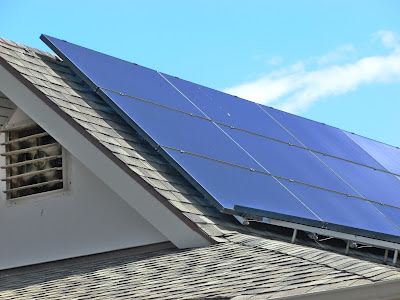Hurricane Sandy's Battle Cry
Are we fighting to save our way of life, or the planet we live on? Hurricane (and post-tropical cyclone) Sandy left lives, communities, and ecosystems scarred from the Caribbean up through the Ohio Valley. People are measuring damage in lives lost, boardwalks destroyed, subway stations flooded, and homes without electricity. The storm is front and center for those warning about the dangers of human-induced climate change -- weather patterns have become more extreme and unpredictable as the planet warms, leading to frequent "100 year" events -- storms like Hurricane Sandy, the "derecho" wave of thunderstorms that knocked out power to thousands earlier this summer, the unusual rainfall in parts of the southwest, and prolonged "drought" in the Midwest. Extreme is the new normal. We are drowning our planet in toxic emissions, taking puffs from fossil fuels every time we turn on a light switch, or turn the key on an internal combustion engine. But are we





